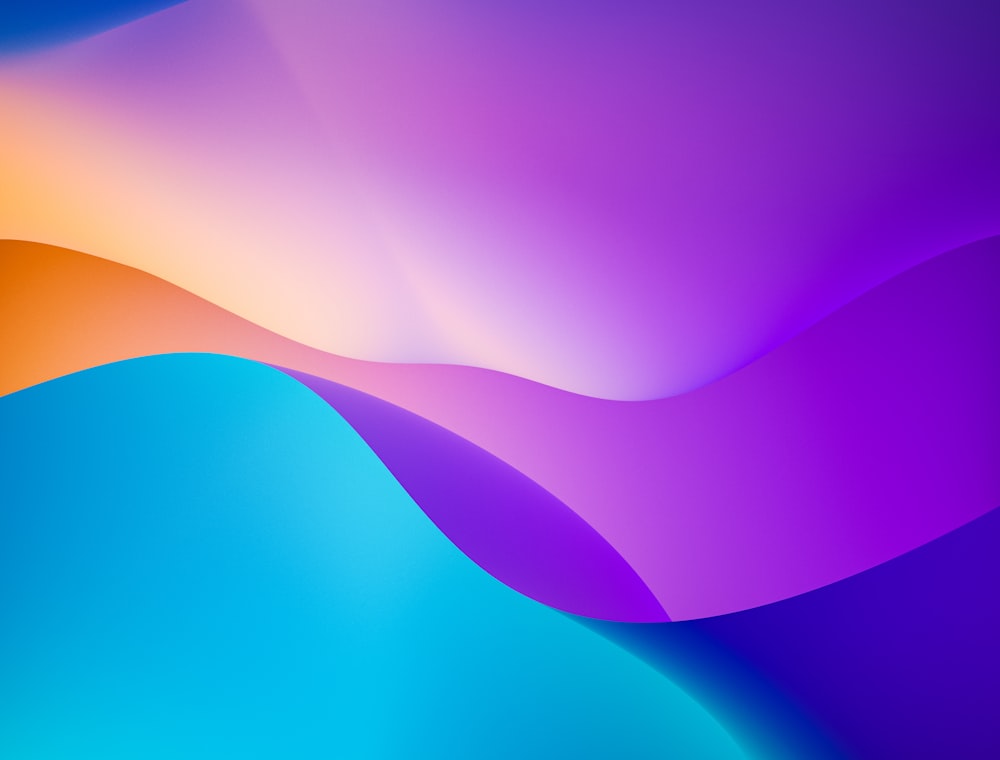
Beyond ChatGPT: 7 AI Tools You Need to Know in 2025
By Tech-NestX Team | Updated: 2025
By now, everyone knows ChatGPT. Since its explosion onto the scene, it has become synonymous with Artificial Intelligence for the general public. However, as we move deeper into 2025, the AI landscape has shifted dramatically. Relying solely on a single Large Language Model (LLM) is no longer a competitive advantage—it’s the bare minimum.
The "AI Era" has evolved into the "Agent Era." We are moving away from simple chatbots that answer questions to autonomous agents that execute complex workflows, generate cinema-grade video, and write entire software applications. For professionals, developers, and content creators, the toolkit must expand.
In this comprehensive guide, we explore 7 groundbreaking AI tools beyond ChatGPT that are defining 2025. These tools offer specialized capabilities—from real-time research to hyper-realistic media generation—that you need to integrate into your workflow today to remain relevant tomorrow.
1. Claude 3.5 (Anthropic): The Reasoning Engine
While ChatGPT (OpenAI) focuses on broad knowledge, Claude by Anthropic has carved a unique niche as the "safest" and most "human-like" reasoning engine. In 2025, the latest iteration (Claude 3.5 Opus and Sonnet) has become the preferred tool for coding and complex analysis.

Why It Matters in 2025
Claude possesses a massive "context window." This means you can upload entire books, massive codebases, or lengthy legal contracts, and ask it to analyze specific details without it "forgetting" the beginning of the document. It reduces the "noise" often found in other models.
2. Perplexity AI: The Google Killer?
Search engines have remained largely unchanged for two decades—until now. Perplexity AI is not just a chatbot; it is a conversational answer engine. In 2025, professionals are switching to Perplexity because it solves the biggest problem with LLMs: Hallucinations.
The Trust Factor
Unlike standard chatbots that might invent facts, Perplexity browses the live internet and provides citations for every claim it makes. It acts as a research assistant that reads dozens of websites in seconds and compiles a summarized answer with footnotes.
- Real-Time Data: Accesses live news, stock prices, and academic papers.
- Copilot Mode: Asks you clarifying questions to refine your search intent.
3. Midjourney v7: Photorealism Perfected
In the realm of generative art, Midjourney remains the undisputed king of aesthetics. While DALL-E 3 is easier to use, Midjourney v7 (the 2025 standard) produces images that are often indistinguishable from professional photography.

Marketing agencies and web designers are now using Midjourney to create stock assets, saving thousands of dollars on photoshoots. The ability to maintain "character consistency" (generating the same person in different poses) has revolutionized storytelling.
4. Microsoft Copilot (Integrated): The Workspace Powerhouse
You don't always need a separate tab for AI. Microsoft Copilot is embedded directly into Windows 11, Word, Excel, and PowerPoint. This integration is key for enterprise productivity.
Productivity at Scale
In 2025, the integration is seamless. You can ask Copilot in Excel to "analyze this data and create a pivot table comparing Q1 and Q2 trends," or ask it in PowerPoint to "create a 10-slide deck based on this Word document." It understands your business data securely.
5. Sora (and Gen-3): The Video Revolution
If 2023 was the year of text, and 2024 the year of image, 2025 is the year of AI Video. Tools like OpenAI's Sora (and competitors like Runway Gen-3) allow users to type a text prompt and generate high-definition video clips.

6. Cursor: The AI Code Editor
For developers, AI is not replacing jobs; it's accelerating them. While GitHub Copilot is famous, Cursor has emerged as an AI-first code editor (a fork of VS Code) that understands your entire project.
Cursor allows you to chat with your codebase. You can highlight a block of code and ask, "Why is this throwing an error?" or "Refactor this to be more efficient." It predicts your next edit before you even type it.
7. Notion AI: The Knowledge Brain
Notion has transformed from a note-taking app to an organizational OS. With Notion AI, it turns your static notes into an active database.
Imagine having a messy meeting transcript. Notion AI can instantly extract "Action Items," summarize key decisions, and assign tasks to team members. It bridges the gap between data storage and data action.
Conclusion: Why Diversification is Key
The technological landscape of 2025 demands adaptability. Relying on a single AI model poses significant risks regarding privacy, accuracy, and capability. The tools listed above—Claude, Perplexity, Midjourney, Copilot, Sora, Cursor, and Notion AI—represent the cutting edge of productivity.
The question is no longer "Will you use AI?" but rather "Which AI will you master?" Start by picking one tool from this list that addresses your biggest bottleneck.
Frequently Asked Questions (FAQ)
Q: Are these tools free to use?
A: Most operate on a "Freemium" model. You can use basic versions of Claude and Perplexity for free, while advanced features usually require a subscription.
Q: Which tool is best for writing blogs?
A: Claude 3.5 is generally considered better for long-form writing as it has a more natural, less repetitive tone than ChatGPT.
Did you find this guide helpful? Share it with your network!
Subscribe to Tech-NestX